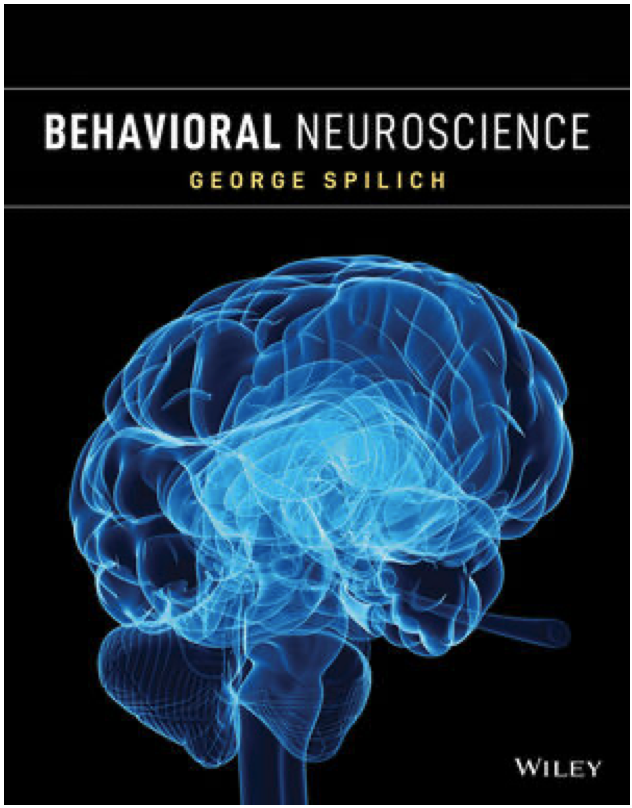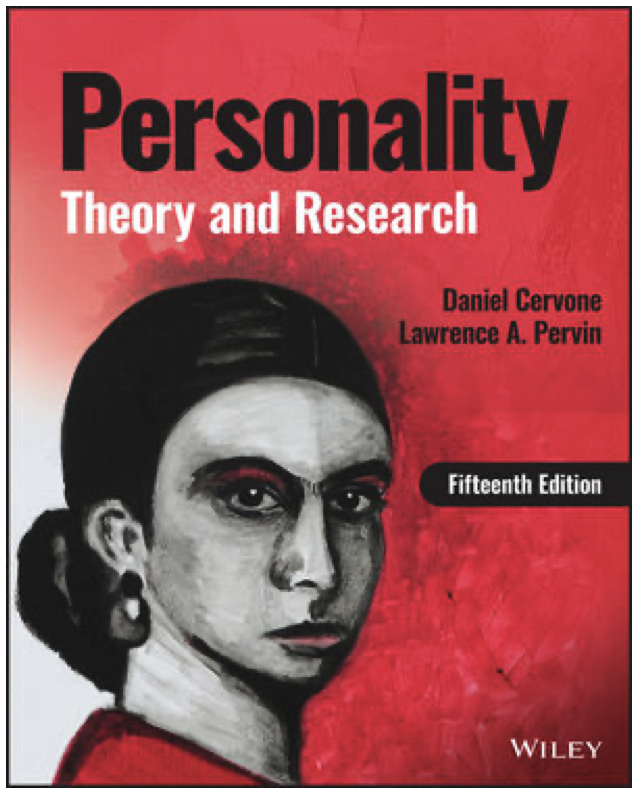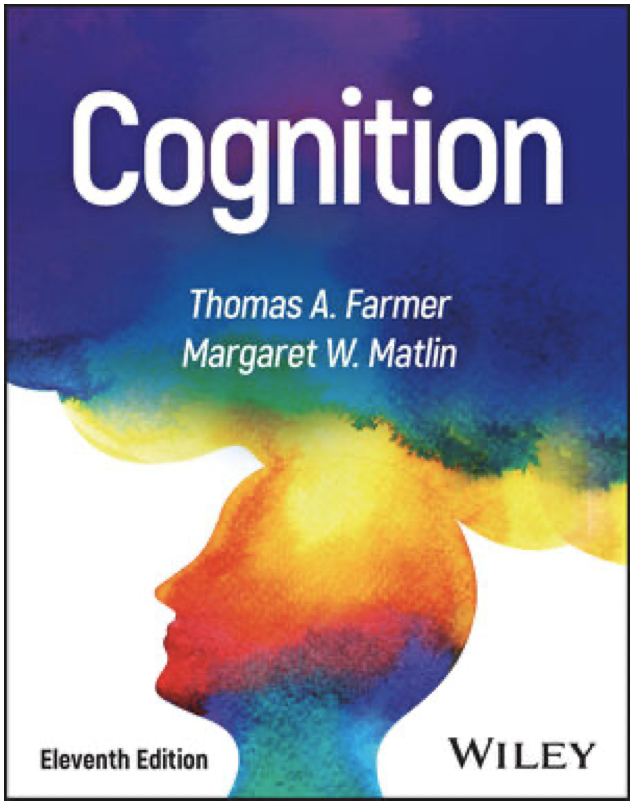Psychology Update: 4 Articles on “Does the Amount of Time Mothers Spend With Children or Adolescents Matter?”
Article #1: “Does the Amount of Time Mothers Spend With Children or Adolescents Matter?”
SOURCE
Milkie, M.A., Nomaguchi, K.M., & Denny, K.E., 2015, Does the Amount of Time Mothers Spend With Children or Adolescents Matter, Journal of Marriage and Family, 77 (April 2015): 355-372.
LINK TO RESOURCE
https://s3.amazonaws.com/s3.documentcloud.org/documents/1697481/does-the-amount-of-time-mothers-spend-with.pdf
(shortened URL) http://tinyurl.com/o6czlfe
Article #2: “Yes, Your Time as a Parent Does Make a Difference”
SOURCE
New York Times, The Upshot — Family Life, April 1, 2015, by Justin Wolfers
LINK TO RESOURCE
http://www.nytimes.com/2015/04/02/upshot/yes-your-time-as-a-parent-does-make-a-difference.html?abt=0002&abg=0
(shortened URL) http://tinyurl.com/oar3upn
Article #3: “Why a Claim About the Irrelevance of Parenting Time Doesn’t Add Up”
SOURCE
New York Times, The Upshot — Family Life, April 2, 2015, by Justin Wolfers
LINK TO RESOURCE
http://www.nytimes.com/2015/04/03/upshot/why-a-claim-about-the-irrelevance-of-parenting-time-doesnt-add-up.html?em_pos=small&emc=edit_up_20150403&nl=upshot&nlid=38200791&ref=headline&abt=0002&abg=0
(shortened URL) http://tinyurl.com/m7d2l3a
Article #4: “Upshot Letter: Our Anti-Parenting Bias”
SOURCE
New York Times, The Upshot Letter, April 3, 2015, by David Leonhardt
LINK TO RESOURCE
http://www.nytimes.com/2015/04/04/upshot/upshot-letter-our-anti-parenting-bias.html?&moduleDetail=section-news-3&action=click&contentCollection=The%20Upshot®ion=Footer&module=MoreInSection&pgtype=article&abt=0002&abg=0
(shortened URL) http://tinyurl.com/lzg8fvy
DESCRIPTION
A recent article by Milkie, Nomaguchi, Denny (2015) “examined whether the amount of time children spent with their mothers was positively associated with key facets of offspring development—behavioral and emotional health and academic performance—by analyzing time diary and survey data..” Reviewing the literature they stated, “Thus, in part because of a paucity of refined empirical data, our understanding of how the quantity of mother–child time relates to offspring development is underdeveloped.” The stated results are somewhat controversial: “Overall, we found that the quantity of time spent with mothers—both time accessible to children and time spent engaged with them—was not associated with the well-being of children ages 3 to 11 or for the behavioral health, emotional health, or academic performance of adolescents. We did, however, find evidence that mothers’ time in activities with adolescents was connected to teens’ engagement in one form of risky behavior.” As a professor who has taught both child and lifespan development for many years, this came as a shocking surprise to me! (Forgive my editorial statement.)
The three New York Times articles examine the study, and interestingly, focus somewhat intensively on the methodology and statistics of the study itself, and then concludes that the study is “… a nonfinding, in that they failed to find correlations that could be reliably discerned from chance.” The second NY Times article provides a statistical argument as to why the sociological article is inaccurate. The third NY Times article focuses on how media outlets portray a negative bias toward parenting issues.
CLASS DISCUSSION ISSUES
•As a general survey question, ask the students the basic question (title of the study): “Does the Amount of Time Mothers Spend With Children or Adolescents Matter?”
•Once opinions are gathered, ask the critical thinking question: How would you go about proving your opinion? What type of study or observation would be necessary? (This focuses on the scientific method and psychology science.)
•Based upon studies used in class lecture and textbook, what are the conclusions of known studies on the influences of parenting on child/adolescent development? (Work by Baumrind and Parenting Styles)
•Discuss the media issues and how parenting styles are presented: helicopter parents, tiger moms, free range parenting, and so on. Explain how the media interprets studies and may show an anti-parenting bias.








